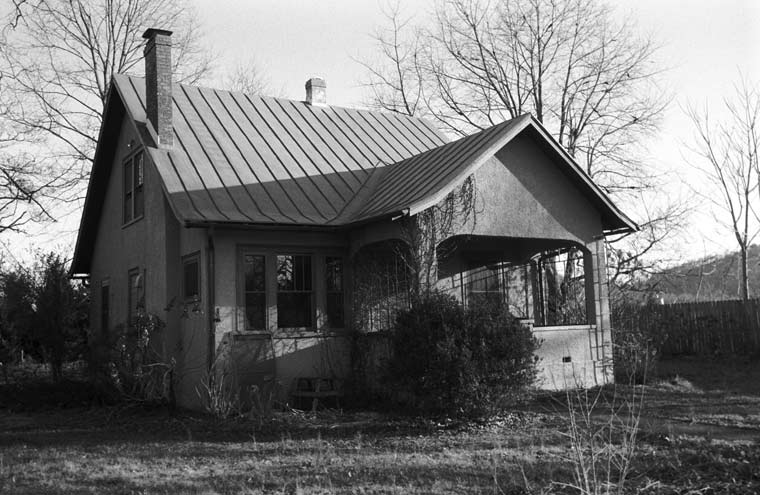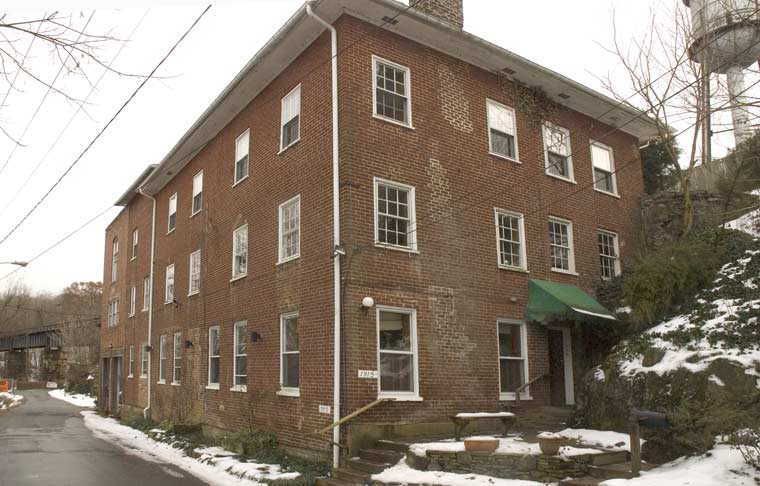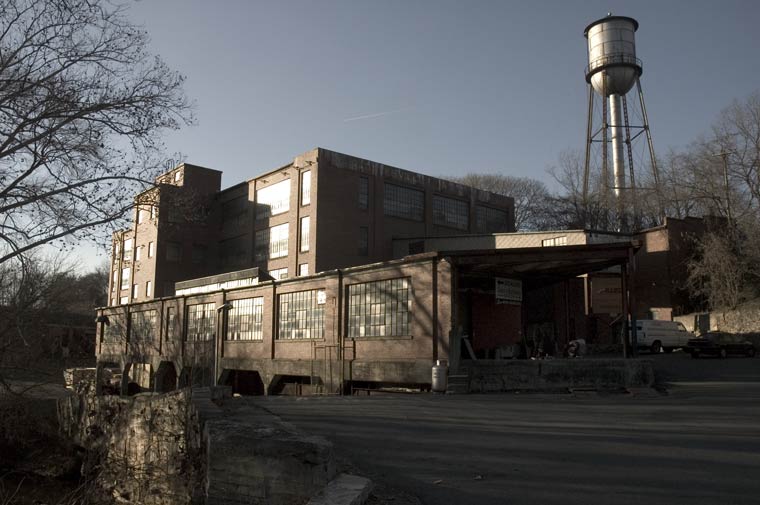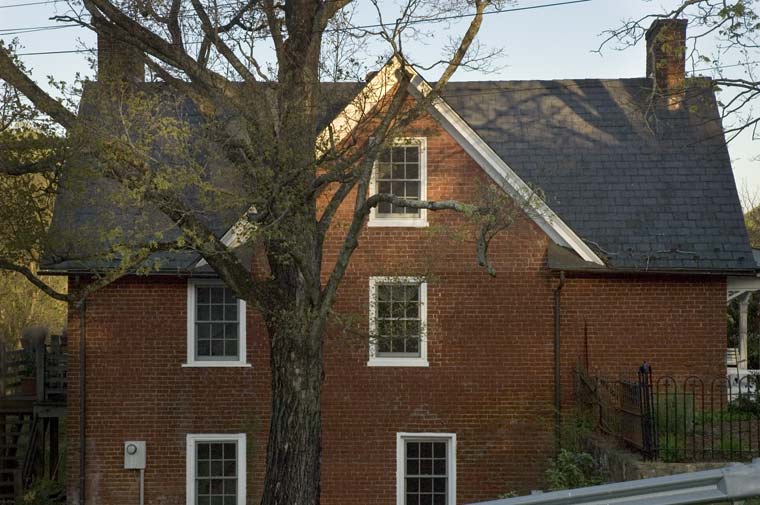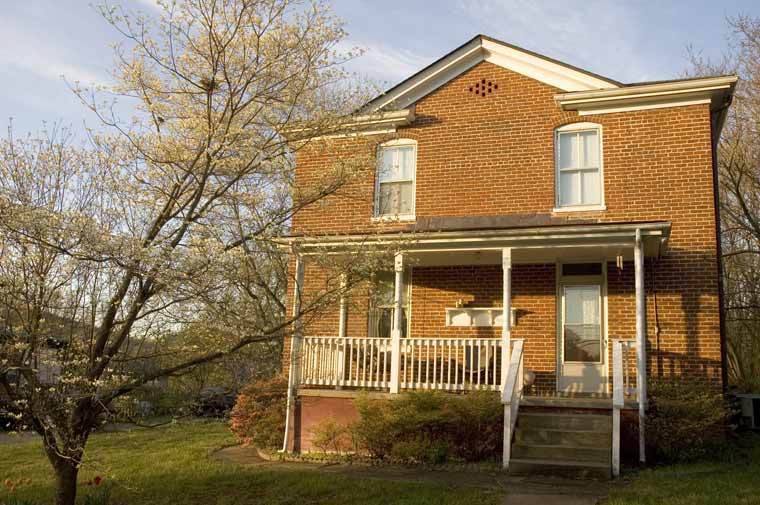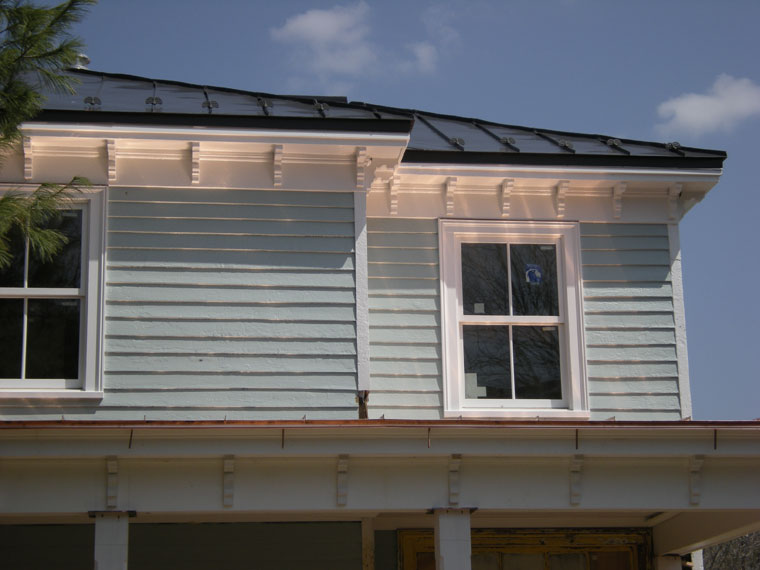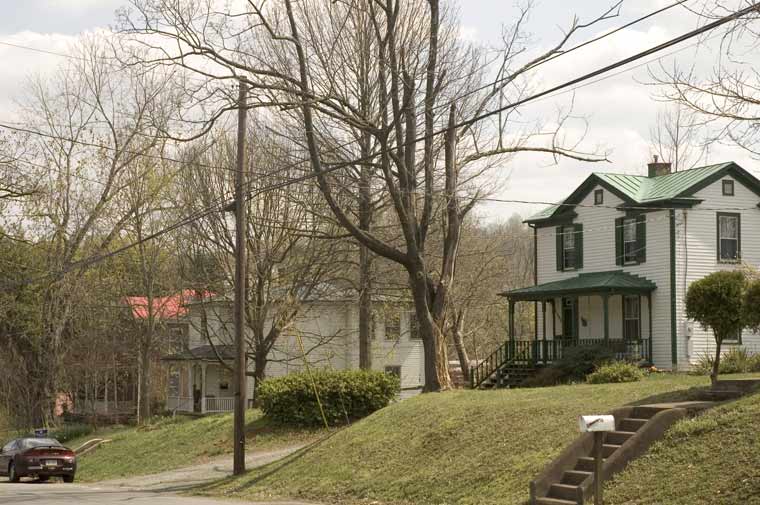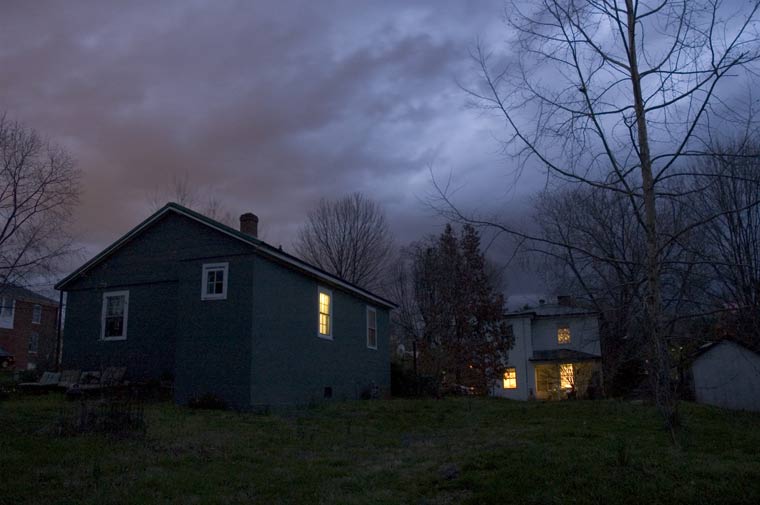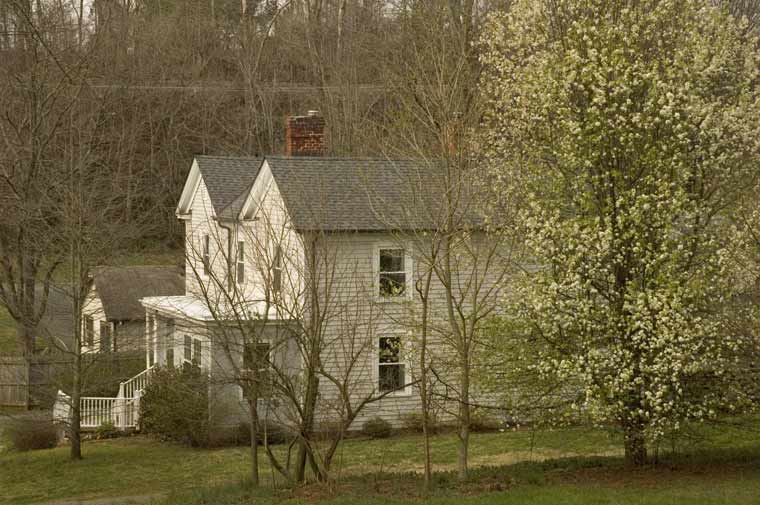ninety employees

Ryalls House porch detail
Competition from worsteds and foreign cloth, fluctuating raw materials costs, style changes, and slowly rising wage rates, all combined to force the woolen industry "to do an increasing volume of business under conditions which make it constantly more difficult to prevent a decrease in the margin of profit." As a consequence, limited production of given styles and the need for low inventories made the small plant typical of the industry. Usually its annual production in the period from 1900 to 1909 varied between $115,000 and $180,000, and its employees numbered about ninety.--Harry Poindexter
Labels: architecture, Poindexter History
